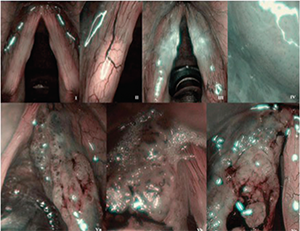There is no body of evidence to suggest that there is an optimal location for placing tympanostomy tubes, yet the anterior-inferior quadrant is commonly used


There is no body of evidence to suggest that there is an optimal location for placing tympanostomy tubes, yet the anterior-inferior quadrant is commonly used

Current data supports a high level of perioperative and long-term safety for elderly patients undergoing CI
Can a more comprehensive treatment plan be based on a growth curve of the pyriform aperture for patients with congenital nasal pyriform aperture stenosis (CNPAS)? Bottom Line The growth curve […]
The clinical prediction model created for this study was found to be useful in identifying pediatric patients at high-risk for OSA among those with sleep disturbances
Intranasal volume is larger in males than in females in the same age group, but is not related to body mass index

The addition of NBI to conventional white light imaging improves inter- and intraobserver agreement for diagnosing (pre)malignant lesions in the larynx, hypopharynx, and oropharynx
Patients with an unexplained, asymmetric sensorineural hearing loss are significantly more likely to have an abnormal MRI scan
Objective data supporting improved Eustachian tube function from nasal decongestants is lacking

Restrictive covenants in employee agreements can prevent your ideas and information from being taken by an employee to a competitor’s practice

Most unanticipated admissions following ambulatory surgery in children are related to anesthesia, with otolaryngology procedures and obstructive sleep apnea among the most significant predictive factors for admission.